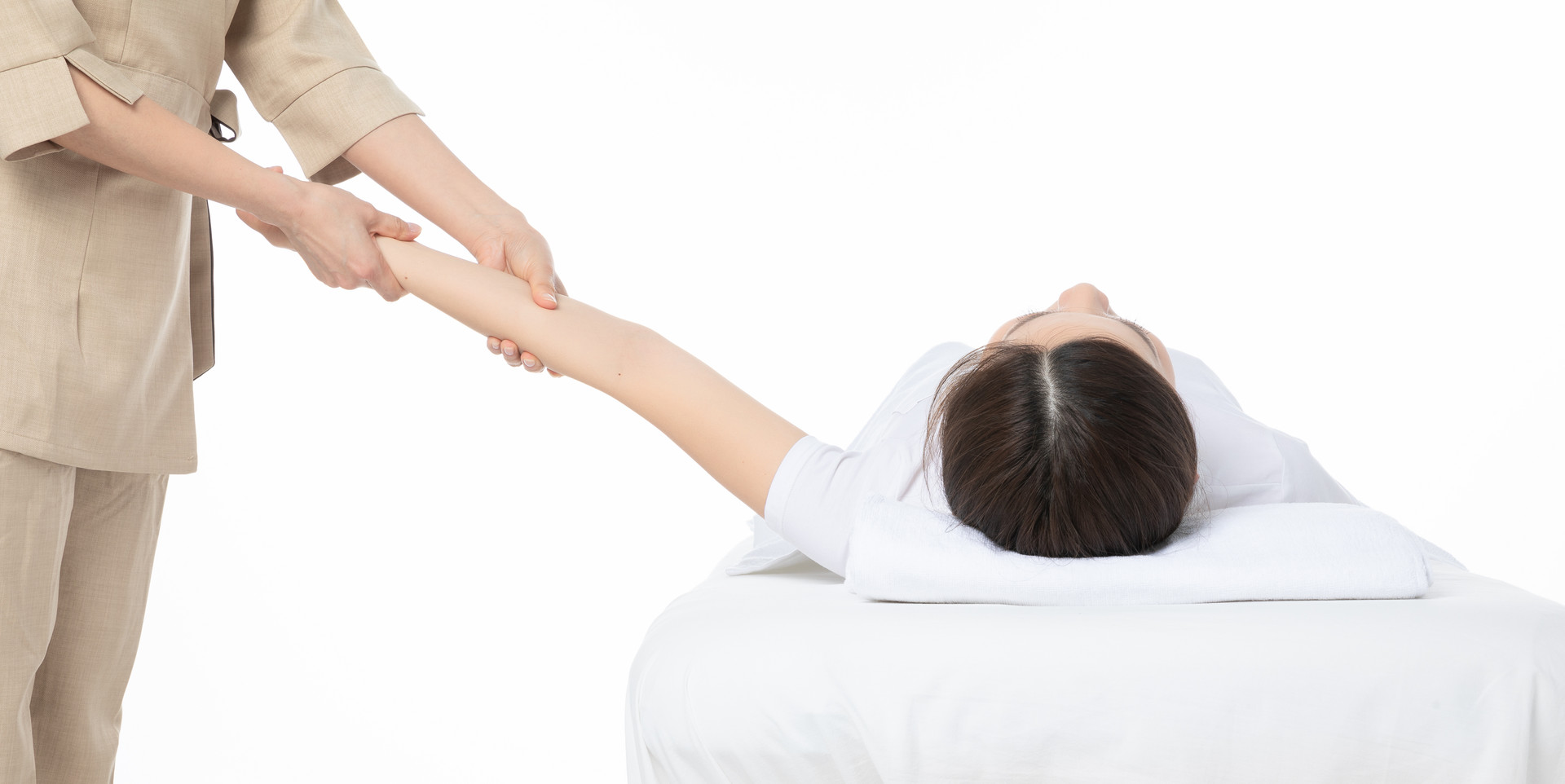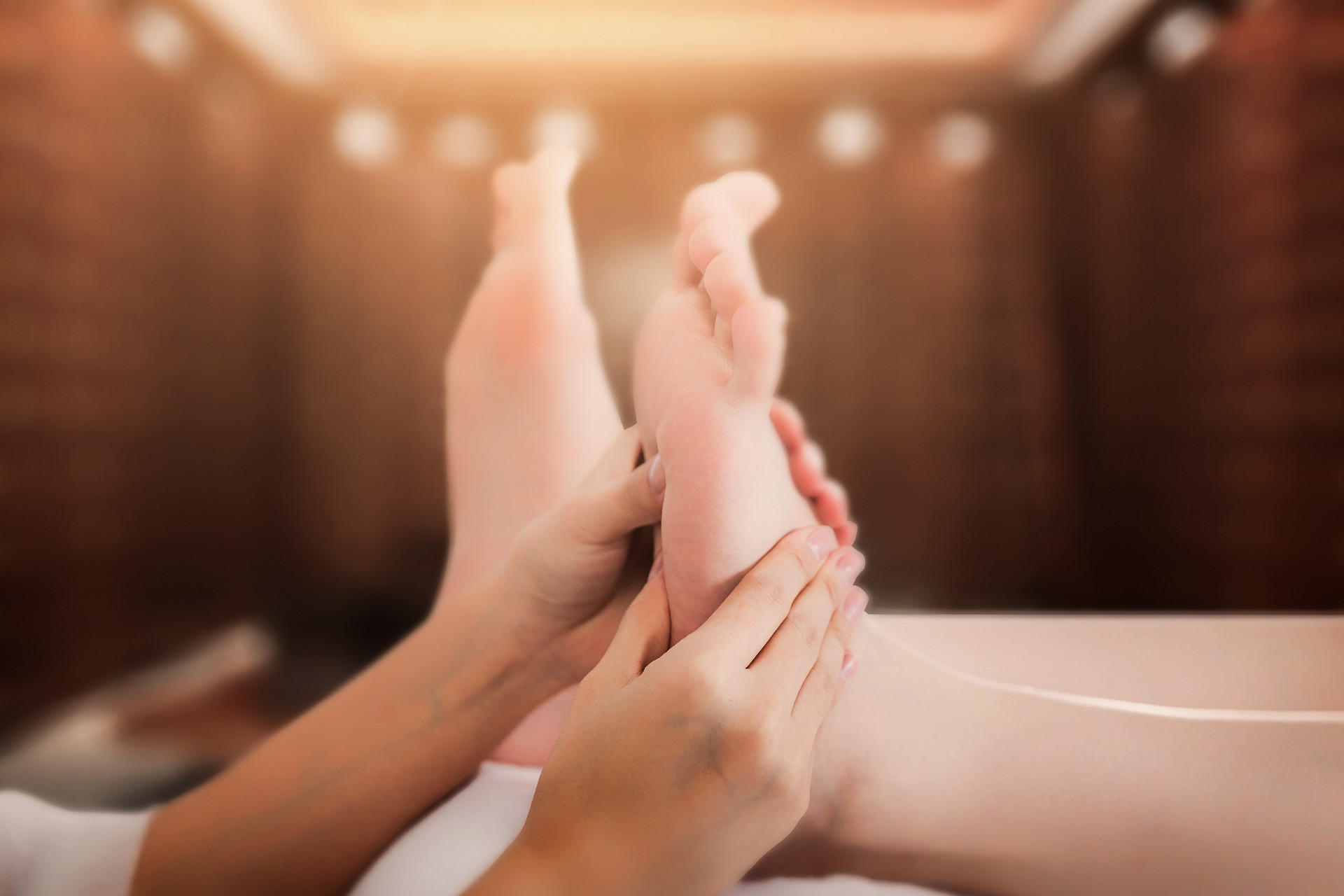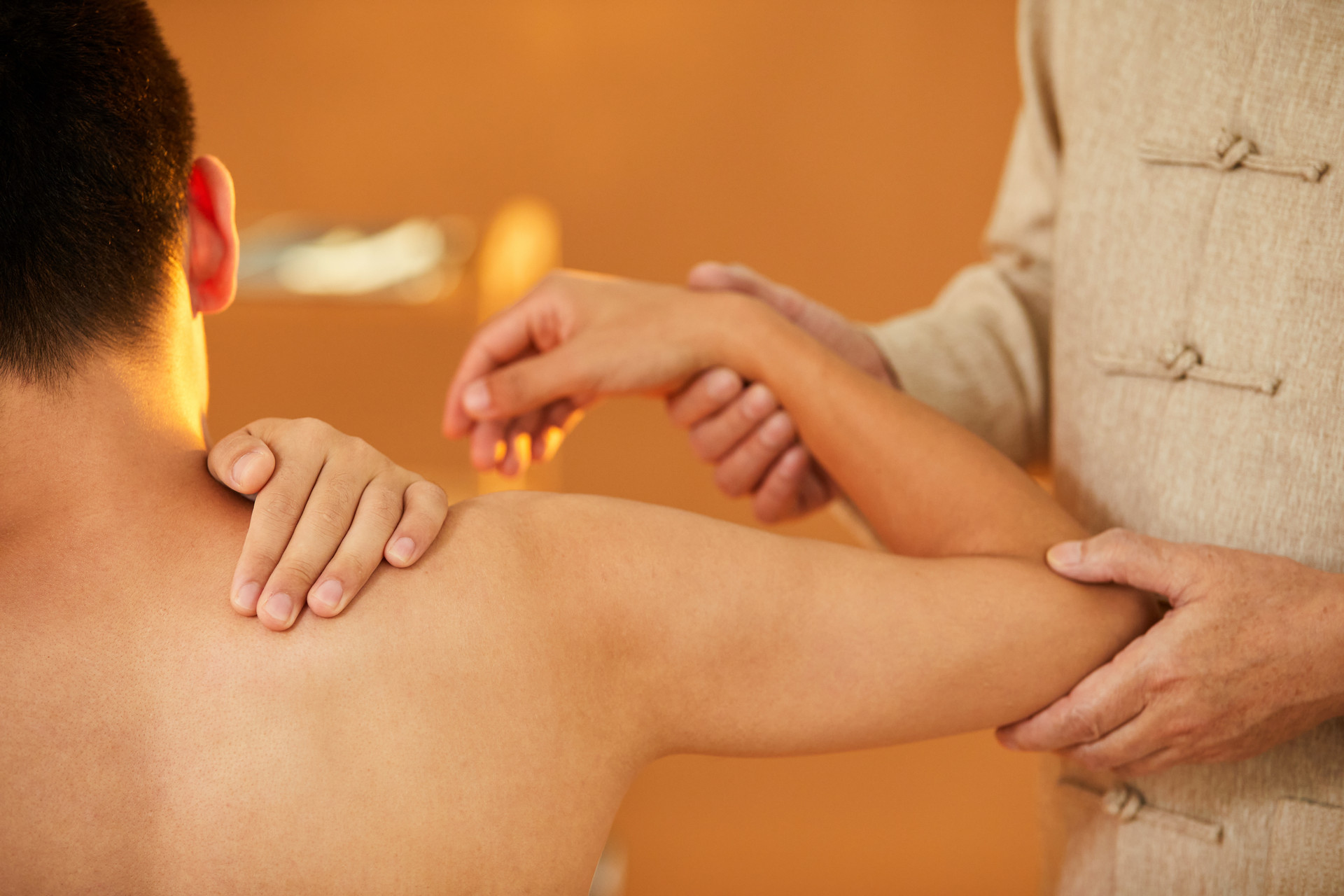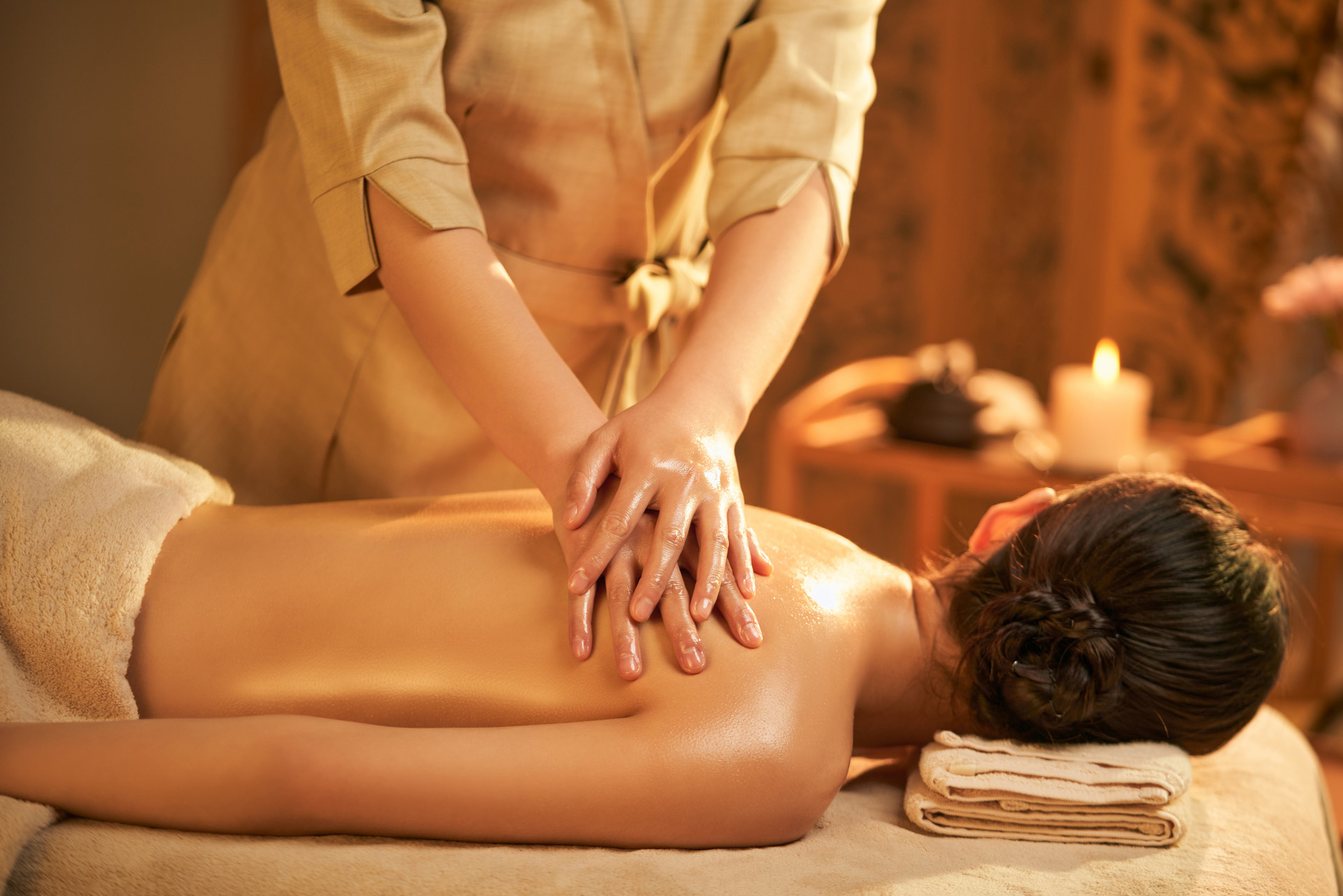Pediatric Tuina, as a traditional Chinese medicine therapy, is guided by the basic theories of Chinese medicine. Therefore, to study Pediatric Tuina, one must delve into the basic theories of Chinese medicine and pediatric medicine, in order to guide clinical practice and reduce the blind treatment and health care with Tuina.
Differentiation of Symptoms and Treatment
Differentiation of symptoms and treatment is the most characteristic principle of diagnosis, treatment, and prevention of diseases in Chinese medicine. In the diagnosis and treatment of diseases, Chinese medicine focuses not only on the similarities and differences of the diseases themselves, but also on the individual characteristics of the different patterns of diseases. The manifestations of diseases in individuals and various diseases may have some commonalities, but they have more individual characteristics. For example, a cold can occur in different populations such as the elderly, children, pregnant women, and young adults, and the causes, seasonal occurrence, and symptoms of the disease in the body are also different. Therefore, practitioners in medical and health care fields need to be proficient in differentiation of symptoms and flexible in treatment.
Proficiency in Differentiation of Symptoms
Differentiation of symptoms is the premise and basis of treatment and the key to curing diseases. If the differentiation of symptoms is erroneous, using cold acupoints such as Qingtianheshui and Tuixiaoliufu to treat a cold caused by wind and cold will not only be ineffective but may also worsen the condition.
Proficiency in differentiation of symptoms is a long-term process of practice. First, it is important to collect information through observation, listening, questioning, and palpation. In the diagnosis and treatment of pediatric diseases, observation is the main method. There are many guidelines for differentiation of symptoms in Chinese medicine, among which the Eight Principles (Yin, Yang, Exterior, Interior, Cold, Heat, Deficiency, and Excess) are the most basic. Yin and Yang are the core principles. Exterior and interior differentiate the depth of the disease location; cold and heat differentiate the constitution of the patient and the nature of the pathogenic factors; deficiency and excess differentiate the deficiency or excess of the pathogenic factors and the righteous factors in the patient.
Flexible Treatment
Treatment is based on the differentiation of symptoms, determining the principles and methods of treatment, including treatment methods, selection of acupoints, and use of techniques. Chinese herbal formulas can be used alone or in combination with other methods such as Tuina, acupuncture, guasha, and cupping. In the treatment of pediatric diseases, using a combination of various therapies (heterogeneous treatment) is the most convenient, safe, and comfortable. Tuina is not limited by many other conditions and can be performed anytime, anywhere as long as the practitioner's hands are healthy. Similar to the treatment of diseases with Chinese herbal formulas, Tuina treatment also requires flexibility in selecting techniques and acupoints. It can be "different treatment for the same disease" or "same treatment for different diseases," without being restricted by rigid textbook applications.
For the same disease with different individuals and stages of the disease, the symptoms may vary. For example, pneumonia can have different symptoms in the early stage, middle stage, and recovery stage. Therefore, it is necessary to timely change different Tuina techniques according to the changes in the course and condition of the disease. In the early stage, focus on promoting lung function, use acupoints such as Yiwofeng, Tuiluojing, and Naqianjing. In the middle stage, focus on clearing the lungs, use acupoints such as Zhangxiaohengwen, Zongjin, and Qinglungjing. In the late stage, focus on nourishing the lungs, use acupoints such as Bujingjing, Bupijing, Bujingshenjing, and Rouermajing.
For different diseases such as cold, bronchitis, and pneumonia, if they have similar symptoms such as coughing and their nature of cold, heat, deficiency, and excess are the same, the same techniques can be used for treatment. For cold symptoms, use acupoints such as Rouyiwofeng, Rouwailaogong, and Tuishangsanguan. For heat symptoms, use acupoints such as Qingxinjing, Qingganjing, and Qingtianheshui. For deficiency symptoms, use acupoints such as Bujingjing, Bupijing, and Rouermajing. For excess symptoms, use acupoints such as Qingtianheshui, Tuixialiufu, and Shunshizhenmofu.
It is important to adapt to the timing: medical practitioners should not use drugs or Tuina techniques that contradict the weather, such as using sweating drugs and acupoints in winter and summer. The dosage and strength of Tuina techniques should be greater in winter because the sweat pores are closed, while in summer, the dosage and strength should be lower because the sweat pores are more open.
It is important to adapt to the location: different treatment methods or dosages should be selected based on different geographical regions, rather than a one-size-fits-all approach. For example, people in the northern region have tighter muscles compared to people in the southern region, so the dosage and strength of drugs and Tuina techniques should be greater for people in the north.
It is important to adapt to the individual: treatment must be individualized. Factors such as gender, age, size, height, and weight should be taken into consideration. For example, the dosage and strength of drugs and Tuina techniques for the elderly and children should be lower than those for adults and young people. Failure to individualize treatment can result in treatment errors.
Pediatric Tuina is suitable for most pediatric diseases, and for many conditions, it can be the first choice of therapy among various appropriate techniques. However, it is important to remember that pediatric diseases can occur easily and progress rapidly, so it is crucial to quickly identify the transformation between cold, heat, deficiency, and excess patterns. Tuina should not be used indiscriminately for all diseases, and the contraindications for pediatric Tuina should not be forgotten. For severe infectious diseases, contagious diseases, or severe diseases with systemic exhaustion, comprehensive treatment measures should be taken instead of using Tuina therapy alone. Failure to recognize the patterns of the disease can lead to delays in treatment.
Inheritance and Innovation
Tuina is an ancient and unique effective method for preventing and treating diseases in China. It is a green and natural therapy, as well as a holistic therapy.
To study and research Pediatric Tuina, it is important to inherit the traditional methods. Inheritance can be divided into two categories: theoretical inheritance and practical inheritance. Theoretical inheritance involves teachers passing on traditional Chinese medicine theories and personal insights to students for recitation and learning, while practical inheritance involves teachers guiding students through hands-on experience to practice on their own. Inheritance requires the study and research of ancient literature on Chinese medicine and pediatric Tuina, case studies of renowned doctors, their academic thoughts, clinical experiences, techniques, as well as the organization, exploration, and research of various folk techniques.
To study and research Pediatric Tuina, it is not only important to inherit but also to innovate. Innovation is a breakthrough and transcendence based on inheritance. For Pediatric Tuina, the three major schools of Pediatric Tuina in Shandong Province are also based on the traditional theories and practices of pediatric Tuina, with both inheritance and innovation. There are many areas for innovation in the selection of acupoints and techniques of Pediatric Tuina. Clinical findings show that rubbing and massaging the fingers and palms of children can improve their microcirculation, so this technique can be used as a finishing technique for each Tuina session to enhance its therapeutic effect.







